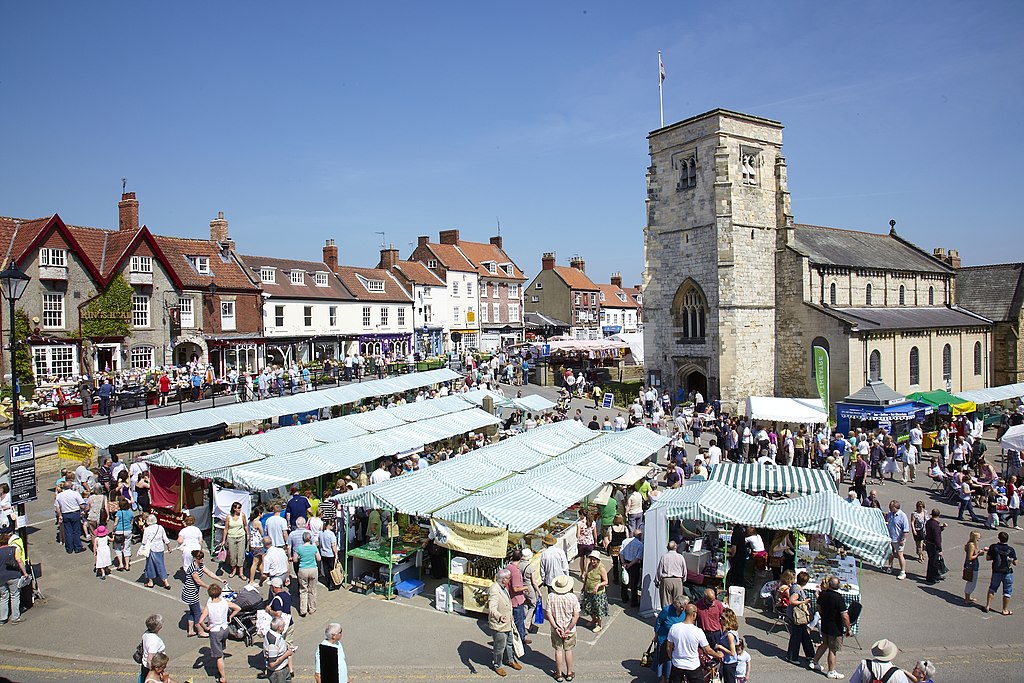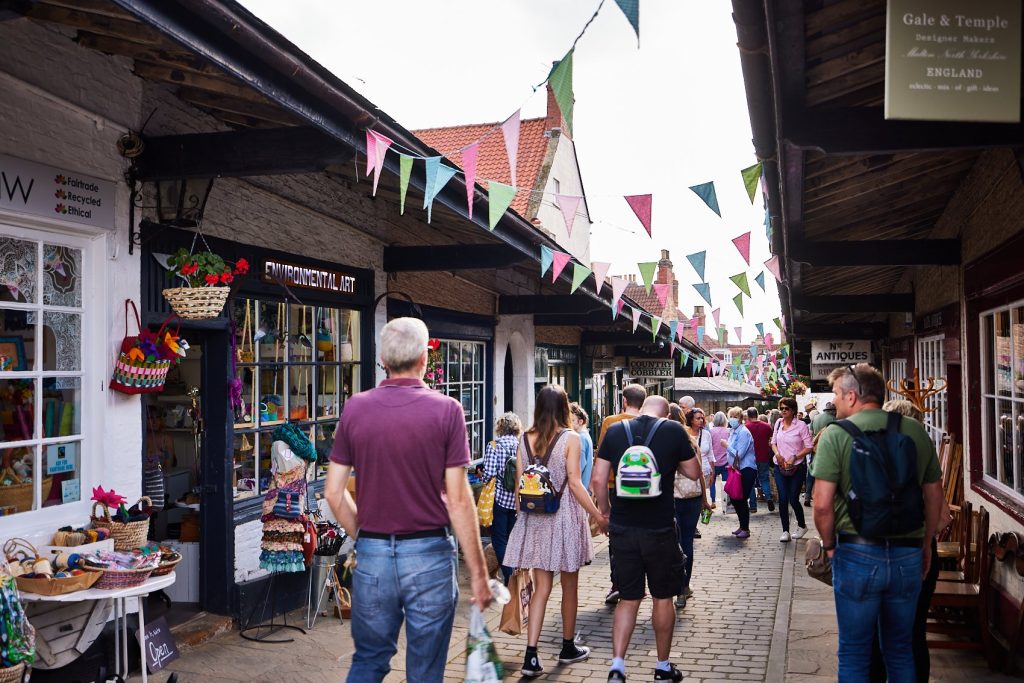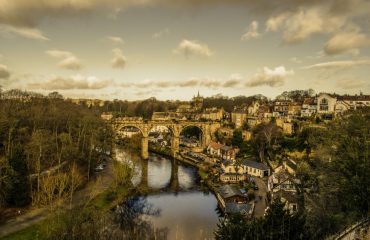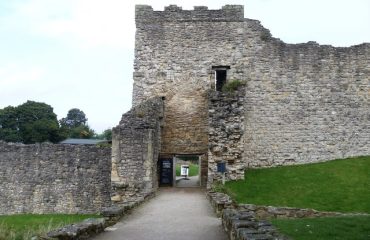
Malton is a market town in the North of Yorkshire. The town has a population of around 13 thousand people and is located to the north of the river Derwent, which forms the historic boundary between the North and East Ridings of Yorkshire. Malton was named Dog friendliest town in 2018 and 2019. In 2020 Malton was named one of the most dog friendly staycation spots in the UK and the best in Yorkshire.
History

The earliest construction at Malton comes from the Late first century. A Roman fort named Derventio was established at around the same time that Eboracum was founded. The site of this fort was established on the North bank of the River Derwent. Following the fort’s construction, a large civilian settlement grew on the south bank of the river. The site remained occupied for the four centuries of Roman occupation of britain.
There were some form of settlements in New Malton by 1138, and Old Malton was also probably founded around the 1100s. A Gilbertine Monastery was built between 1147 and 1154 in Old Malton. There is also the first reference to a market in New Malton in 1283 which shows that craftsmen and tradesmen such as butchers and jewellers were selling their wares. Earlier in the 11th century a wooden Norman castle going by the name of Malton Castle was built and then remade in stone by the time Richard the Lionheart visited the castle in 1189. The castle was eventually renovated into a house and subsequently demolished in 1674 as settlement to an inheritance quarrel.
According to contemporary historical archives, during the 18th century Malton was greatly improved to increase the facilities and improve the standards for many of the traders there, with special interest paid to Malton’s numerous butchers. The town hall, with the town’s shambles currently opposite, was commissioned in 1749. The building initially was utilized as a butter market, as that was the most profitable venture for farmers of the time. The town hall was extended and changed throughout the years slowly morphing into how it looks today. In the last year of the 18th century there was a famine in the area. A soup kitchen was set up at the time and the Earl Fitzwilliam funded it to provide food for the hungry poor.
The development of the local railway network flourished during the mid-1800’s. With the Malton Railway station now being a Grade 2 listed building since 1986. During the early 1900’s electricity was provided to much of the town. Prior to the Second World War several new buildings were constructed including the court house, Cottage Hospital and the Police Station. However, the town was bombed during the war.
River Derwent

The River Derwent was one of the earliest rivers to have its navigational capacity expanded. It was modified to be larger around 1725. This was to enable extensive barge traffic to transport goods and produce. The navigation directly competed with the railway, having expanded further after 1810. The river’s use as a highway for goods and products declined only after it was bought by the Railway itself and cheaper coal began to arrive by rail. From this the river’s maintenance became lax, possibly in a deliberate attempt at neglect due to the lack of profit available through the route.
Today

Attractions in the gorgeous town are quite varied including the signposted remains of the Roman fort and Malton priory. Eden Camp is a famous military themed museum located just outside of the town, it occupies a former Second World War prisoner-of-war camp. The Malton museum is located in Yorkersgate. First opened in 1935, By 1982 the Malton museum collection had expanded so much that it was relocated to the old town hall. The expiration of its lease on this building forced its closure in 2012. However, in 2013 the museum reopened in two rooms in The Subscription Rooms. Malton now views itself as ‘Yorkshire’s Food Capital’. With an annual spring Beertown festival and frequent farmers markets. Malton is home to Malton Brewery a microbrewery famous for making Yorkshire Pudding Beer.



